Reader, Tamia Boyden asks this question:
In the 90s, how could we access the internet without WiFi?
This post began as an answer to that question at Quora. In the process of answering, I compiled this history of public, residential Internet access. Whether you lived through this fascinating social and technical upheaval or simply want to explore the roots of a booming social phenomenon, I hope you will find the timeline and evolution as interesting as I do.
I have included my answer to Tamia’s question, below. But first, let’s get a quick snapshot of the highlights. This short bullet-list focuses on technical milestones, but the history below, explains the context, social phenomenon and implications.
Short Version:
1965 Hypertext link defined
1970s TCP/IP packet protocol
1983 TCP adopted by Arpanet
1989~91 Http protocol
1991 Public access begins
1995 Netscape Mozilla (1st browser)
— Scroll below Q&A for context and commentary* —
Question: In the 90s, how could we access the internet without WiFi?
Answer: We didn’t need WiFI in the 1990s and we don’t need it now. In both era’s, you can simply attach your PC to the internet with a network cable. If your PC does not have an Ethernet port, you can add a miniature USB-Ethernet adapter. They are inexpensive.
Likewise, before internet service was available to almost every home and business, you could access the internet via telephone modem, or by visiting a library, internet cafe or office that had a leased line for fast access.*
In each case, adoption goes hand in hand with infrastructure build-out, cost reduction and (in the case of WiFi), the desire to move about the home or community more freely.
*A brief history of Public Internet Access
1965: The concept of “hypertext” and clickable “links”. But demonstrations were limited to a single computer or a local network. The first mouse was patented in 1967. But for the next 15 years, few people used a mouse or pointing device.
1970s: The Internet and its predecessor, the Arpanet, was a constellation of networked terminal access tools that connected universities and research labs. Finding material and accessing it required command line jargon that limited its use. You could access the web and most standards were in place—but there was no universal browser that incorporated hypertext links.
1983: Apple introduces the Lisa (predecessor to the Macintosh). It included a mouse, which most people had never used before. Not to be outdone, Microsoft offered an aftermarket Mouse for $195 which came bundled with Word and Notepad.
1991: The public gained access in 1991 after Tim Berners-Lee, posted a summary of the project and the http standard that he pioneered.
1995: Netscape introduces Mozilla (later renamed Netscape browser). It kicked off a gradual migration of data from FTP and Usenet servers to web pages (http protocol) and an explosion in services and subscribers.
Final Impediments to Adoption: Complexity & Connection infrastructure
In-home use still required special equipment (a telephone modem) and applications had to be installed from a CD or multiple floppy discs. These apps modified the operating system by adding a TCP stack and a Windows Socket API. Prior to these things being bundled into new PCs, the process was a daunting. And so, for the next 10 years, many people accessed the internet from Internet cafes, schools or libraries.
1999: The WiFi standard was introduced in 1997. But it had technical limitations that limited its appeal. In 1997, 802.11b, the first widely used and supported WiFi standard, brought the freedom of movement into homes. This occurred at around the same time that many people were moving from a desktop or tower computer to a laptop.
WiFi-b and later g and n helped to propel convenient Internet access from anywhere within a home. Over the next decade, consumers came to expect an available WiFi signal in offices, schools, restaurants, hotels and airports.
2003: Rise of Social Media
Myspace wasn’t the first social media platform. Friendster beat it out by almost a year. But Myspace was the first to go viral and nationwide among many demographics. Along with Facebook—which eclipsed Myspace in subscriber growth—social media platforms turned many infrequent users into constantly-connected consumers.
- Friendster March 2002
- MySpace August 2003
- Facebook February 2004
- Twitter March 2006
2007: Apple and AT&T introduced the iPhone in the summer. Prior to 2007, flip phones offered web access via a crude browser built into Palm or Symbion, the OS used by Palm Pilot, Nokia, Motorola and others. But the iPhone kicked off the Smart Phone, a new category of must-have consumer gadgets, which lead to ubiquitous, mobile internet access.
2007: Apple and AT&T introduced the iPhone in the summer. Prior to 2007, flip phones offered web access via a crude browser built into Palm or Symbion, the OS used by Palm Pilot, Nokia, Motorola and others. But the iPhone kicked off the Smart Phone, a new category of must-have consumer gadgets, which lead to ubiquitous, mobile internet access.
1995 ~ 2020
Gradually, the Internet become a mass market phenomenon. But slow connection speeds and the need to suspend telephone calls limited its use. Between 1978 and 1996, telephone modems gradually improved technology from 300 bps to 56,000 Baud (access at ~25 kbps).
After 1996, consumers gradually switched away from using their telephone lines to a dedicated internet service. Homes connect to an ISP (Internet Service Provider) via either existing phone wire (ISDN), TV cables, Fiberoptic or Wireless-to-home.
Today (2019), it is not uncommon to have residential internet access via a Gigabit fiberoptic connection.
— Image credit: 1) Malone Media Group 2) Chris Galloway
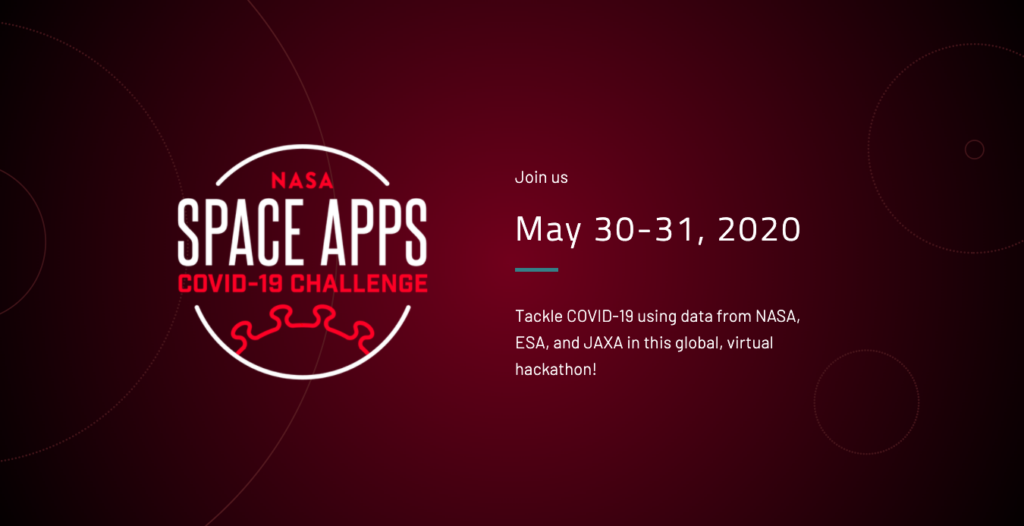
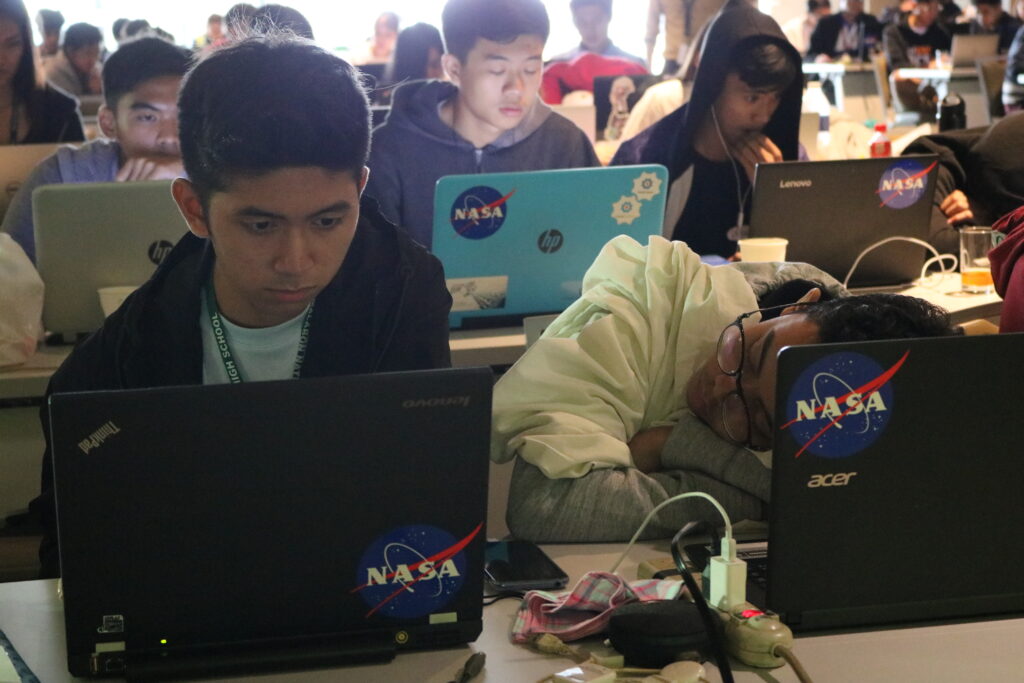
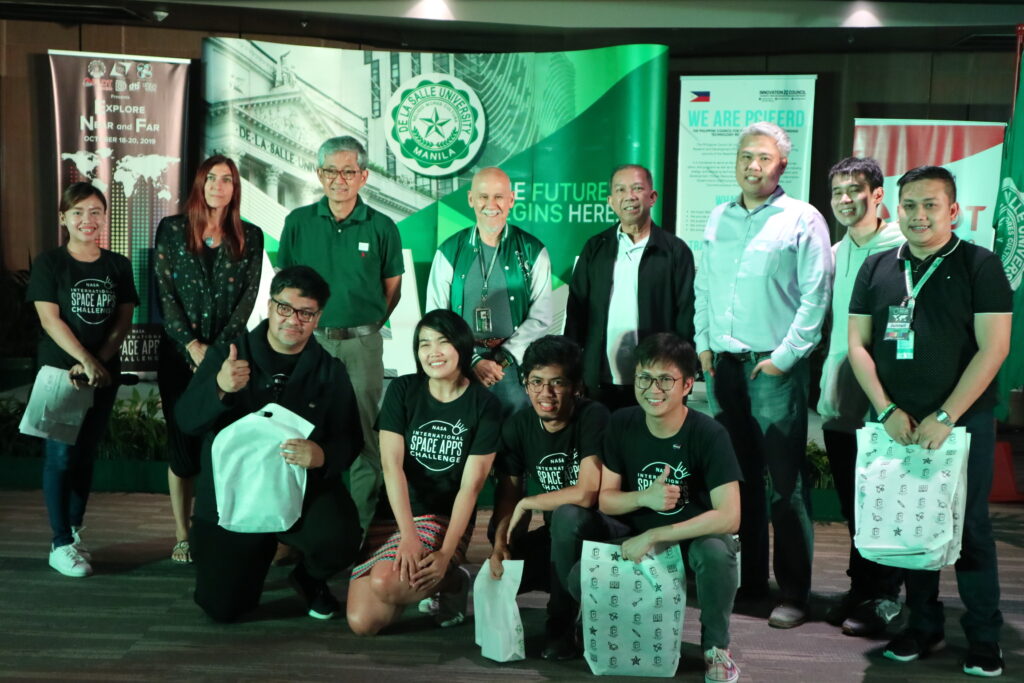
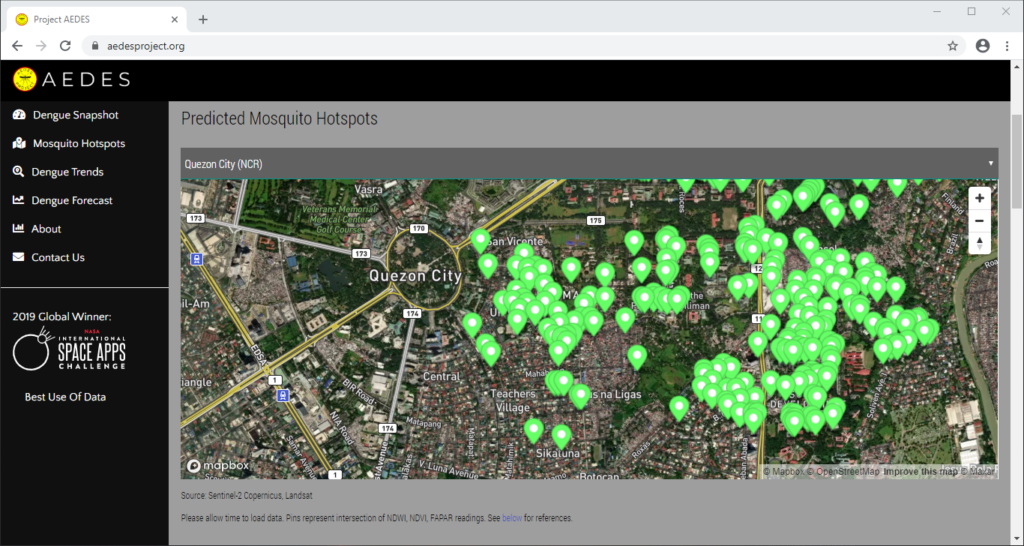
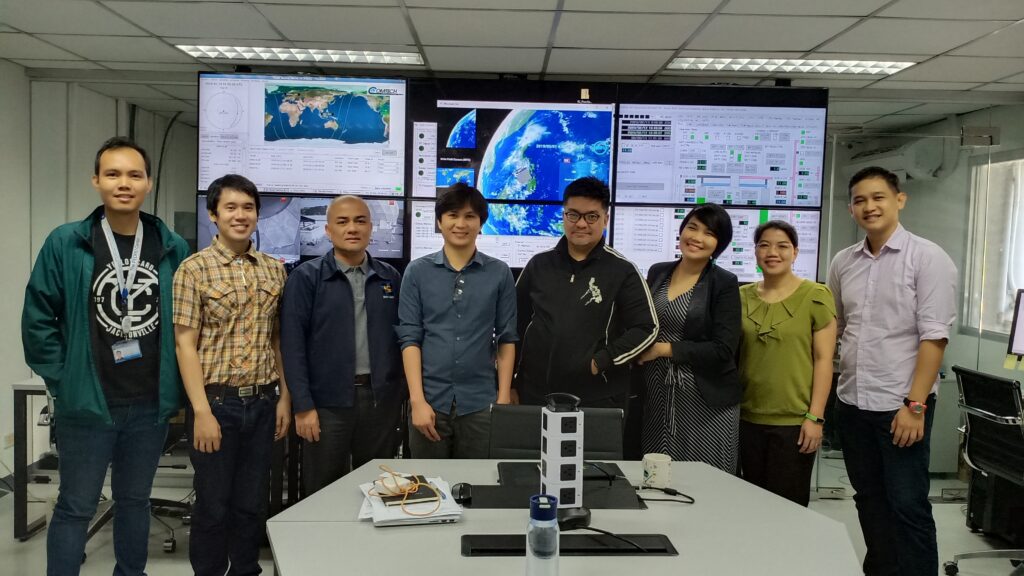
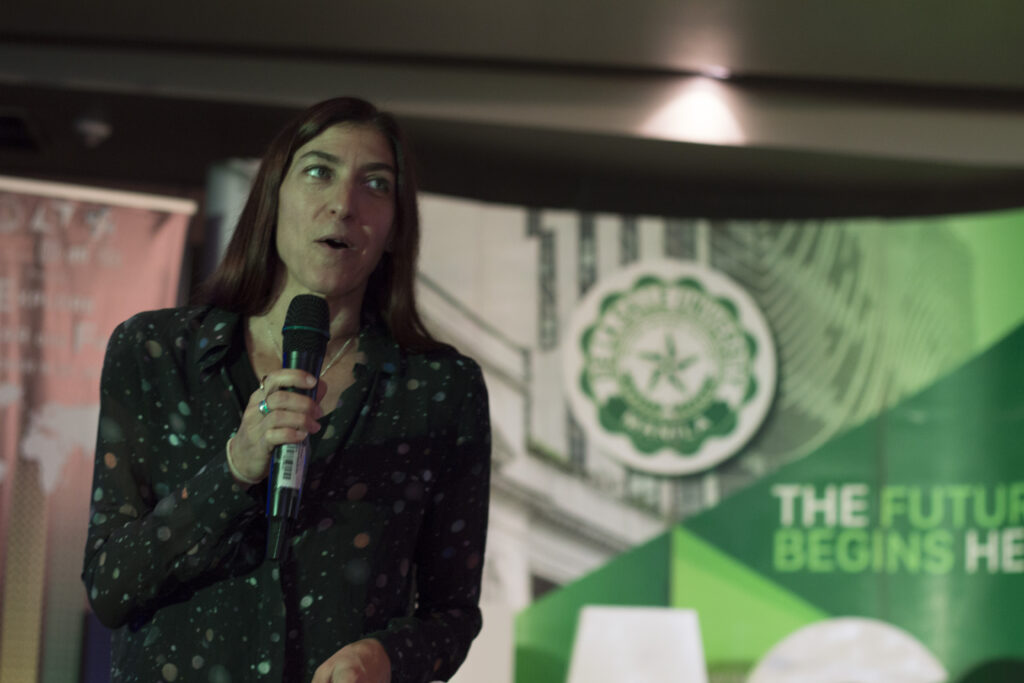
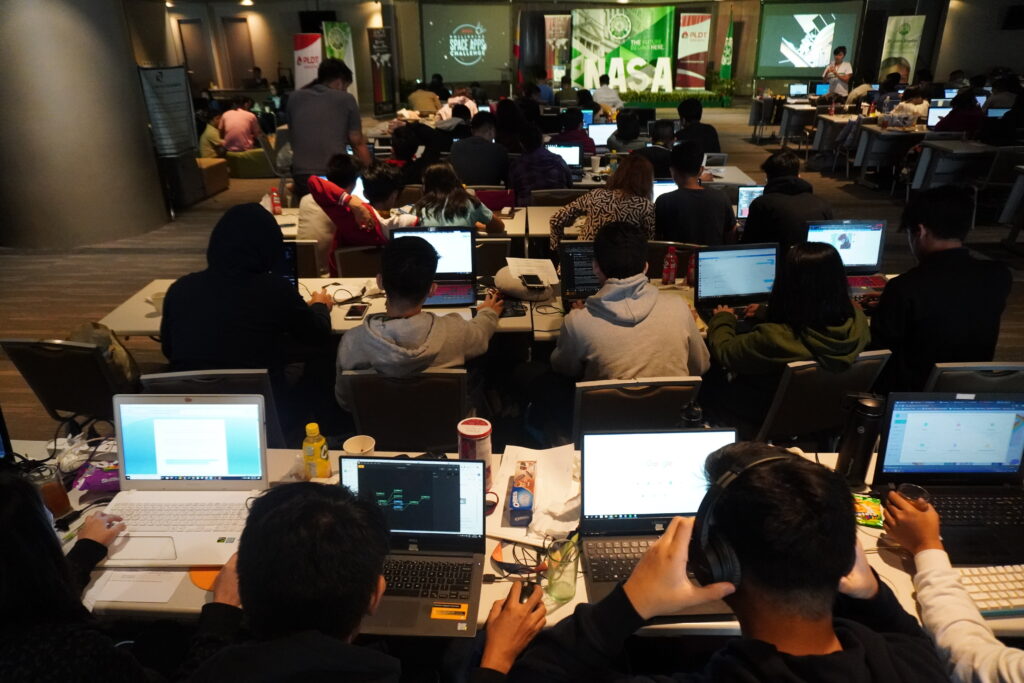


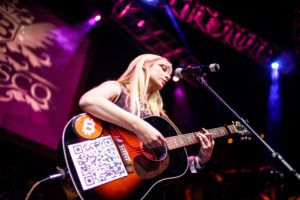
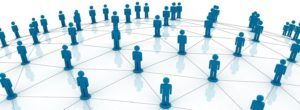
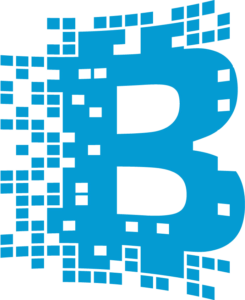 ▪Open-source
▪Open-source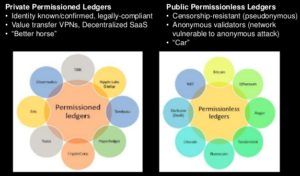 After all, doesn’t there have to be someone who authenticates a transaction, guarantees redemption, or at least someone who enforces a level playing field?
After all, doesn’t there have to be someone who authenticates a transaction, guarantees redemption, or at least someone who enforces a level playing field?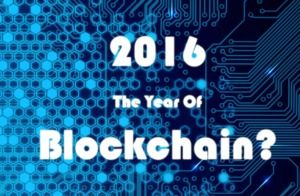 But not the transaction itself. (Ah-hah!). These outside authorities only become involved (and only tax the system), when there is a dispute.
But not the transaction itself. (Ah-hah!). These outside authorities only become involved (and only tax the system), when there is a dispute.
